Explore all New Cars of 2024
 Toyota Fortuner With Mild-hybrid Diesel Engine Launched In South Africa: Top 7 Highlights
Toyota Fortuner With Mild-hybrid Diesel Engine Launched In South Africa: Top 7 Highlights

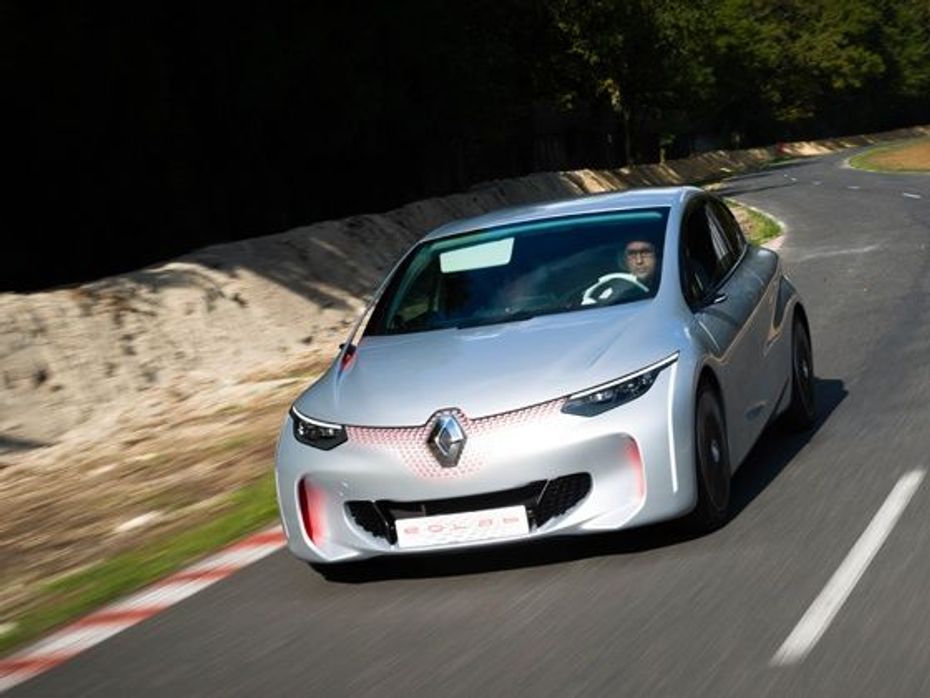
The Renault EOLAB will never make production. But the technologies, the thought and the passion that makes up this demonstrator will. According to Renault, 20-30 per cent of the EOLAB will begin featuring in cars in less than two years. And in less than a decade, almost all of the EOLAB will be part of the Renault line up. So, what is that Renault has in store for the future…
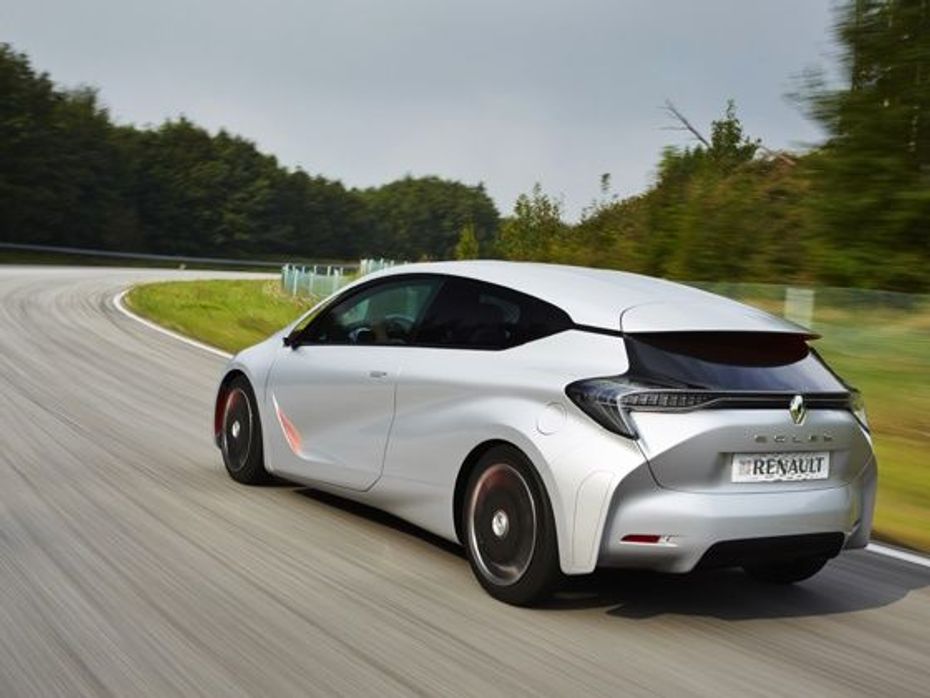
Aerodynamics
EO is the god of wind. While LAB very unimaginatively is the short form for laboratory; two bits that best describe this Renault concept. The EOLAB has been designed to be as slippery as possible and with a CdA value of under 0.5 it is one of the more aerodynamically sound cars around. We also visited the wind tunnel where the EOLAB has been fine tuned to achieve this value. And it is here that we learned that having a low Cd value (which in the EOLAB's case is just 0.235) isn’t enough; the more important thing is to have a low CdA value which is basically the figure one arrives at after multiplying the frontal area of the car to the Cd value.
So how did Renault achieve this? By thinking very hard would be our guess. The swooping roofline, the edgy rear end, the streamlined underbody and the narrow tyres were of course a given to get that Cd value down. But it's the active aero and the use of cameras instead of outside rear view mirrors that help cut the drag significantly. The active aero which comes into play at speeds of over 70kmph includes a front spoiler that lowers by 100mm and flaps on the rear bumper that open wide by 600mm. This helps prevent air turbulence and with it reducing what is known as the air brake effect. The EOLAB also uses active wheels that remain covered almost all the time and only open to let the brake heat out to further enhance this Renault's slippery nature. It has heat sensors built into the rims to dictate the opening and closing of the fins on the wheels.
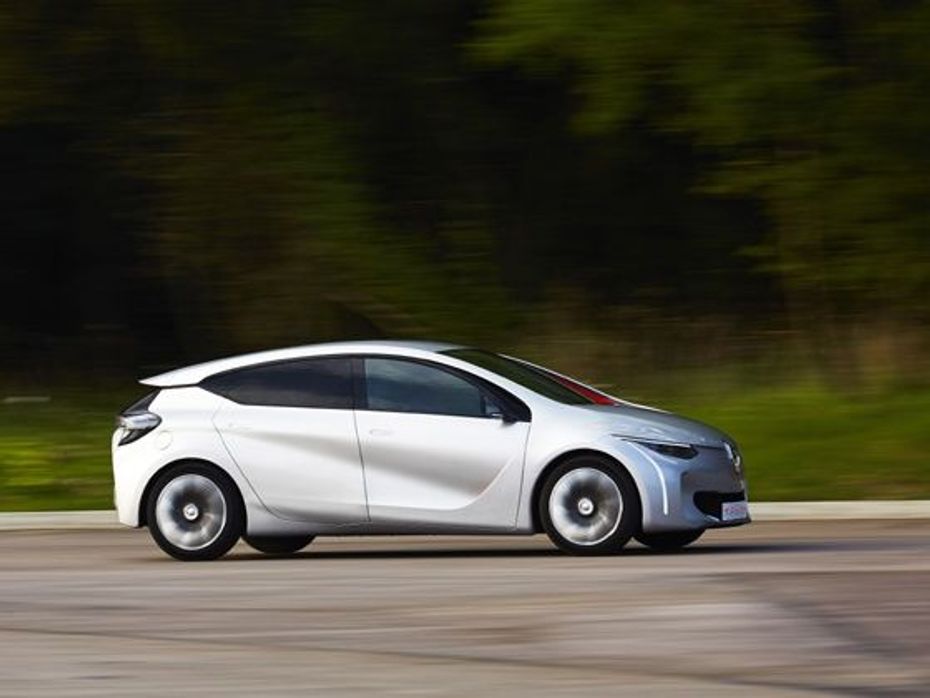
Weight saving
The idea behind the EOLAB might have been to test future technologies. But its guiding goal was to achieve a fuel efficiency of 100kmpl! Not in the real world, of course because that would be absolutely sensational especially for India, but more on the European test cycle.
And no matter how smart the aero, in the end, no engine likes to pull along extra weight; unless it's a tractor, I think. So, the Renault EOLAB weighs just under a tonne. Not exactly light, we know, but according to Renault, the concept is still 400kg lighter than the Clio hatch it was benchmarked against. Moreover, Renault wanted to use materials that were both affordable and compatible with its current plants.

So, carbon fibre was out. Instead the EOLAB uses steel, aluminium and even magnesium to keep the weight low. There's also handsome use of thermoplastic like for the bonnet, the door skins and even the floor. But this only helped shaved 130kg. Further 110kg was lost by using the trims and equipment inside the car more judiciously. So the windows aren't glass but polycarbonate and the windshield though glass is ultra-thin. All the interior trim is thinner than normal and having grouped the various ECUs has also helped cut the weight of the wiring harness.
The biggest weight saving though is thanks to the new drivetrain and some smart thinking in the chassis department. Renault has managed to shave 160kg by using a smaller engine with various size and weight optimised drivetrain parts and having a relook at conventional functioning of chassis parts like wheels and tyre, brakes and suspension, and even the steering and exhaust. So, instead of steel wheels came aluminium besides specially designed tyres, aluminium brake disc bowls and a shorter exhaust line with plastic resonator. Aluminium was also called into play for engine subframe, suspension arms and the knuckle holder.
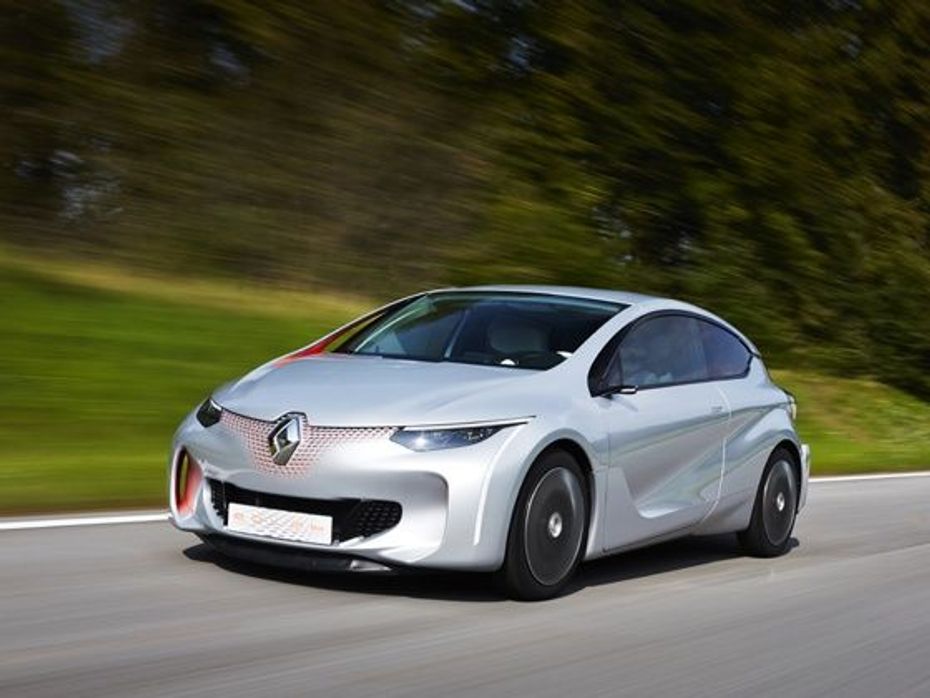
Powertrain
Now this is where the real juice is. But because Renault is expecting a number of patents for it, the company shared very little. What we know is that the EOLAB uses a naturally aspirated 1-litre petrol engine. And as is the norm these days among environmental friendly cars, this one uses an electric motor as well. What’s more, the EOLAB exclusively begins rolling on electricity. And only once the EOLAB has crossed 120kmph does the conventional internal combustion engine come into its own. In between – that’s between 30kmph and 120kmph – the engine does chip in but the contribution isn’t too significant.
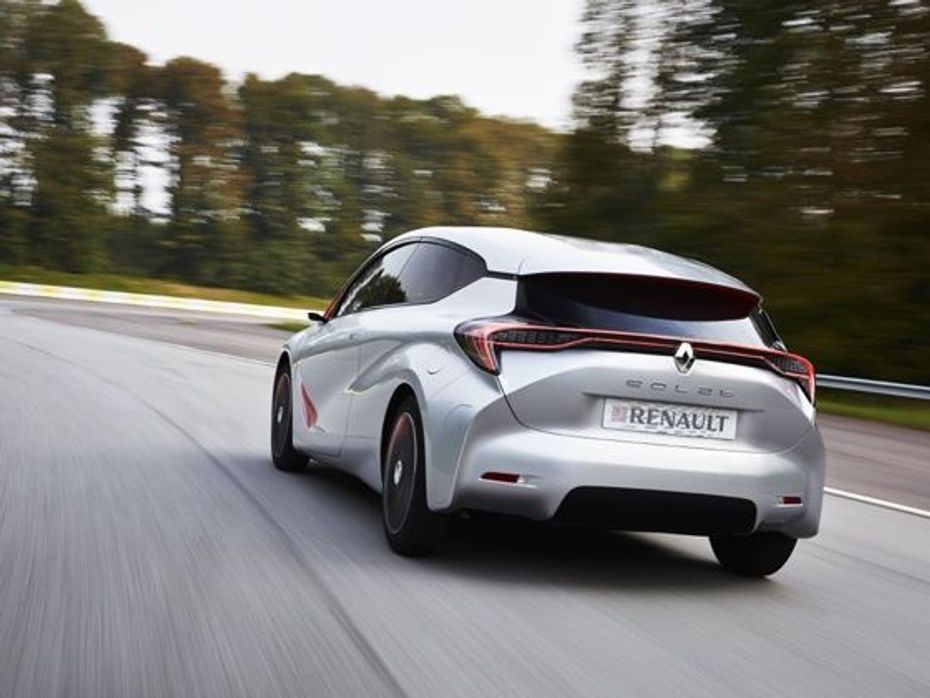
The engine – ICE and electric – send power to the wheels via a dual clutch gearbox which only has three gears. Now, when we drove the car for a short while, the shift shock between the gears was more than obvious. But, the excited and passionate Renault engineers told us, it’s just a matter of tuning and the shift shock will come down drastically. They could have added another gear in there as well but the resulting smoother shifts would have increased drag in the gearbox ruining their fuel efficiency targets. So they didn’t.
The Renault EOLAB then is a window into the future. It is packed with technology and ideas that will make it to main stream motoring. And whatever we have seen and experienced of it, we like.
India's largest automotive community